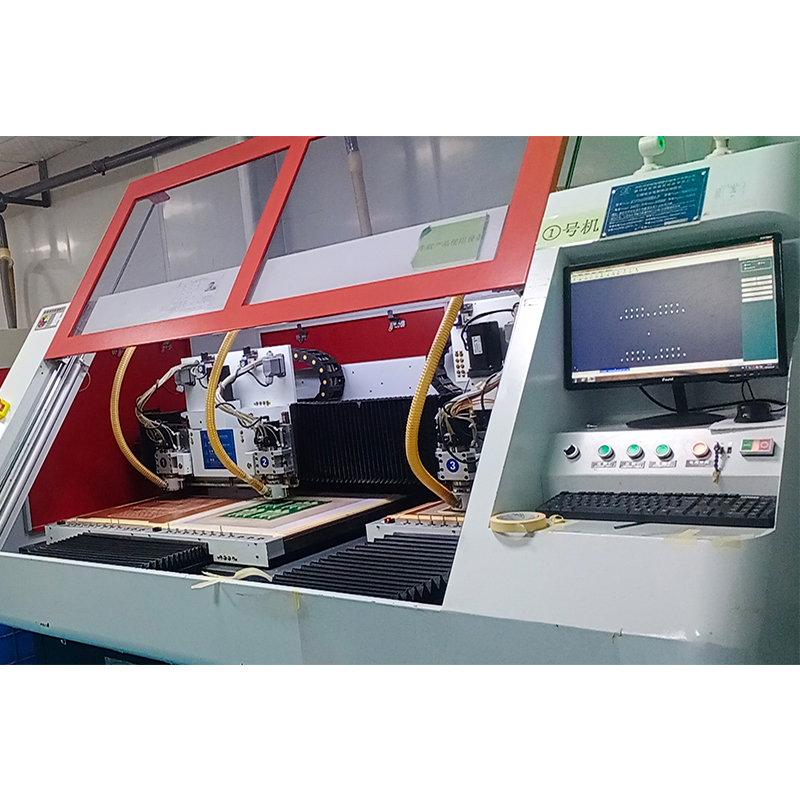Introduction :
In today’s rapidly evolving technology environment, there is a growing demand for high-performance printed circuit boards (PCBs) with low-latency data processing capabilities. Whether you’re developing fast-paced gaming applications or designing advanced automation systems, PCB prototypes that can efficiently handle real-time data are critical. In this blog, we’ll delve into the world of low-latency data processing and explore the methods and tools you can use to prototype PCBs with lightning-fast performance. So if you want to know how to make your PCB design a powerful engine for real-time data processing, keep reading!
Learn about low-latency data processing:
Before we delve into the nitty-gritty of PCB prototyping with low-latency data processing, it’s important to understand the concept itself. Low-latency data processing refers to the ability of a system or device to process and analyze incoming data with minimal latency, ensuring real-time response. Low-latency data processing is critical in applications where split-second decisions are critical, such as self-driving cars or financial systems.
PCB prototyping using low-latency data processing:
Prototyping a PCB with low-latency data processing can be complex, but with the right methods, tools, and techniques, it becomes feasible. Here are some steps to help you get started:
1. Define your needs: Start by clearly outlining the needs and goals of your project. Determine the specific data processing tasks the PCB should be able to handle and the expected latency threshold. This initial step ensures focused direction throughout the prototyping process.
2. Choose the right components: Choosing the right components is critical to achieving low-latency data processing. Look for a microcontroller or system-on-chip (SoC) designed for real-time applications. Consider field-programmable gate arrays (FPGAs), digital signal processors (DSPs), or specialized low-latency communications chips that can efficiently handle real-time data.
3. Optimize PCB layout: PCB layout must be carefully considered to reduce signal propagation delays and enhance data processing capabilities. Minimize wire lengths, maintain proper ground planes, and utilize short signal paths. Use high-speed transmission lines and match impedances where necessary to eliminate signal reflections and improve performance.
4. Leverage advanced design software: Leverage PCB design software that provides low-latency data processing capabilities. These tools provide specialized libraries, simulation capabilities, and optimization algorithms tailored for real-time processing. They help create efficient designs, ensure signal integrity, and verify latency performance.
5. Implement parallel processing: Parallel processing technology can significantly increase the speed of data processing. Utilize multiple cores or processors on the PCB to distribute the computational load for efficient, synchronous data processing. Employ parallel processing architecture to minimize latency by processing multiple tasks simultaneously.
6. Consider hardware acceleration: Combining hardware acceleration technology can further optimize latency performance. Implement specialized hardware components customized for specific functions, such as digital signal processing or machine learning algorithms. These components offload compute-intensive tasks from the main processor, reducing latency and improving overall system performance.
7. Test and Iterate: After successfully prototyping a PCB, its performance must be thoroughly tested and evaluated. Identify any bottlenecks or areas for improvement and iterate your design accordingly. Rigorous testing, including real-world simulations, will help you fine-tune your PCB’s low-latency data processing capabilities.
Conclusion :
Prototyping PCBs with low-latency data processing is a challenging but rewarding endeavor. By carefully defining your requirements, selecting appropriate components, optimizing layout, and leveraging advanced design software, you can create high-performance PCBs capable of real-time data processing. Implementing parallel processing and hardware acceleration technologies further enhances latency performance, ensuring PCB responsiveness meets the demands of today’s data-intensive applications. Remember to test and iterate your design thoroughly to refine its functionality. So whether you’re developing innovative gaming applications, autonomous systems, or advanced automation solutions, following these steps will put you on the path to seamless and robust PCB prototypes with low-latency data processing.
Post time: Oct-26-2023
Back







